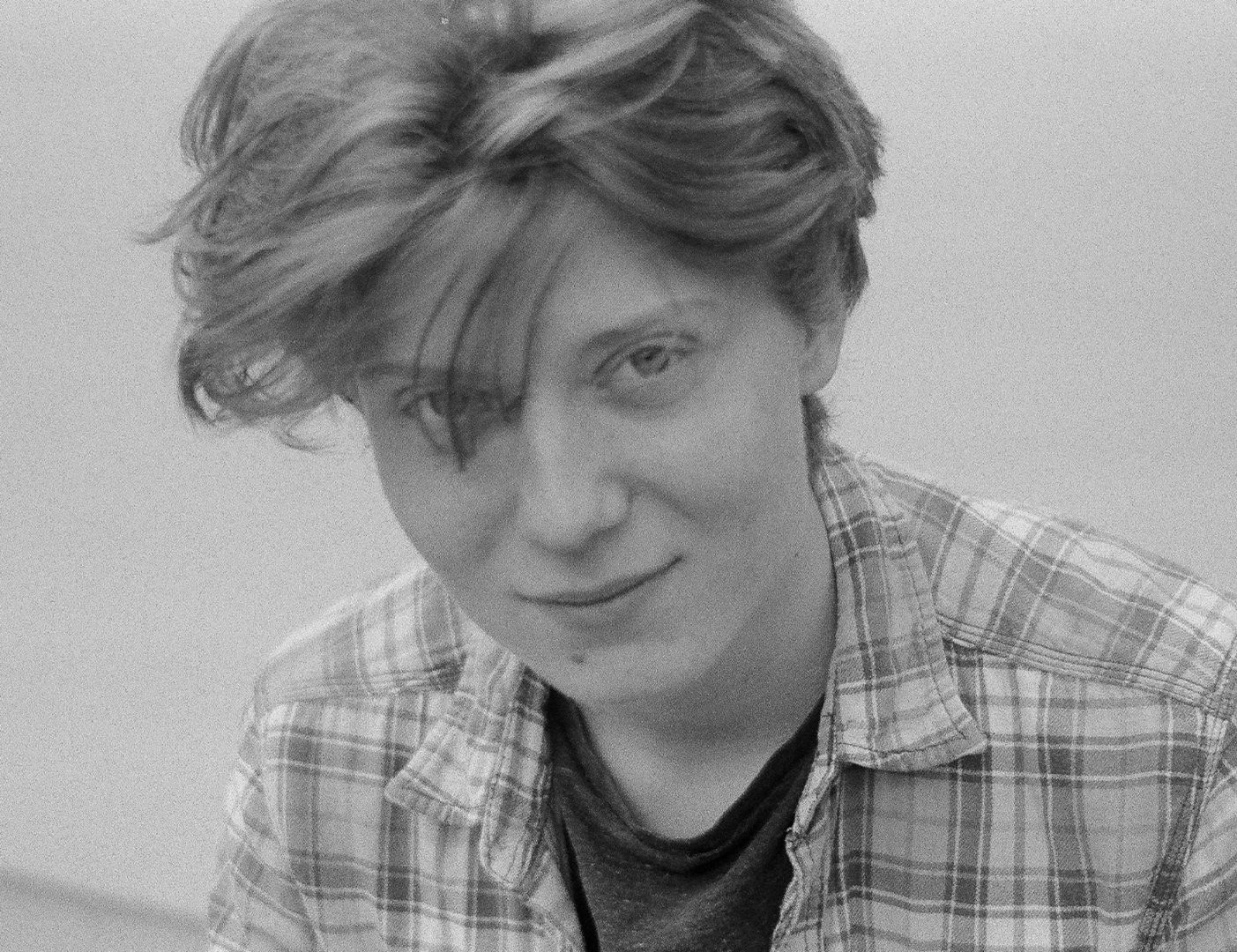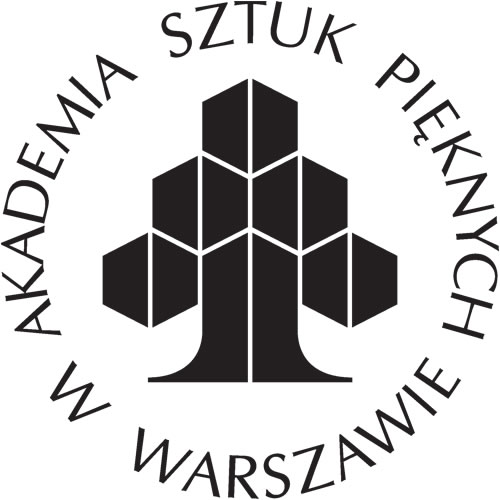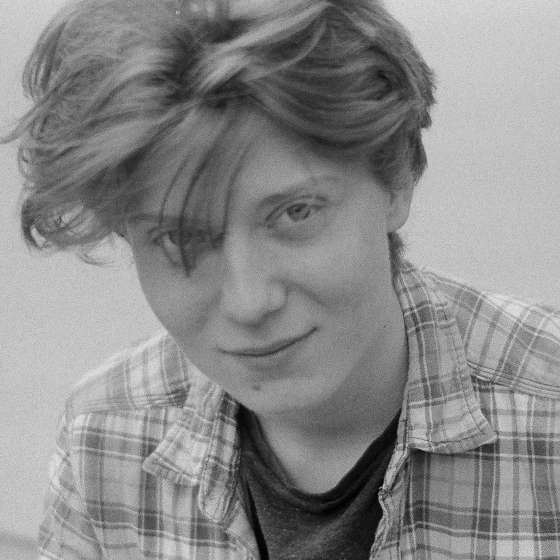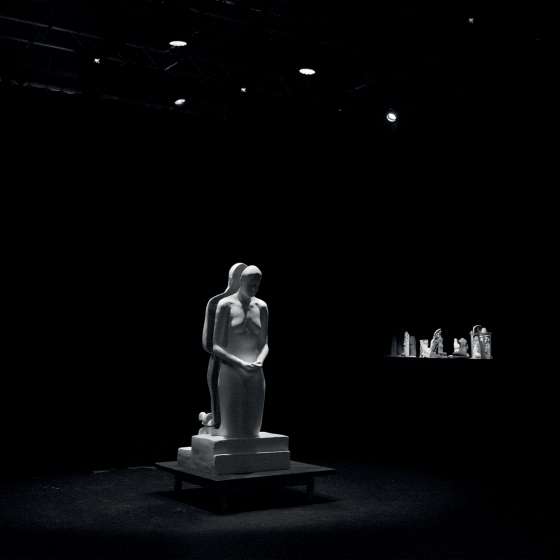Akademia Sztuk Pięknych w Warszawie

Autor: Nikodem Gąsowski
Akademia Sztuk Pięknych w Warszawie
Nikodem Gąsowski
Kierunek studiów: Rzeźba
Tytuł pracy: „Modlitwa”
Promotor: prof. Andrzej Sołyga
Urodzony w 1997 roku w Warszawie. W 2021 roku ukończył zwyróżnieniem warszawską Akademię Sztuk Pięknych na Wydziale Rzeźby. Obronił dyplom z rzeźby w pracowni prof. Andrzeja Sołygi i aneks malarski w pracowni prof. Mariusza Woszczyńskiego. Jest młodym członkiem Okręgu Warszawskiego Związku Polskich Artystów Plastyków. Oprócz malarstwa i rzeźby zajmuje się muzyką. Jest kontrabasistą w jazzowym projekcie Maki Trio i basistą w alternatywnym zespole Dłonie.
Born in 1997 in Warsaw. In 2021, he graduated with honours from the Faculty of Sculpture at the Academy of Fine Arts in Warsaw, with a sculpture created in the studio of prof. Andrzej Sołyga and a painting annex created in the studio of prof. Mariusz Woszczyński. Young member of the Warsaw District of the Association of Polish Artists and Designers. Practices painting, sculpture, and music. He is a double bass player in the jazz project Maki Trio and a bass player in the alternative band Dłonie.
Modlitwa
Rozmowa duszy, Filotei z Absolutem. To proces trwający w ciszy i spokoju, przysłonięty mgłą myśli przychodzących w trakcie otwierania wnętrza, zaglądania w negatyw swojego ciała i jego żądz. To zapominanie o kształcie, zatracanie siebie, by wsłuchać się w język Stwórcy.
Staram się pokazać przemienienie cielesności w poszukiwaniu powietrza, lekkości serca i postawy pokory. Utrwalanie glinianej postaci zatrzymuje w momencie zdjęcia gipsowych form i przypominam sobie w tym podobne, niedokończone rozmowy z modelką. Nasze dyskusje, dwóch osób o przeciwnych poglądach są wspólnie przebytą drogą, a rzeźba i szkice owocami spotkania tych przeciwności.
Prayer
A conversation of Philothea with The Absolute. This proces lasts in silence and peace, shrouded with the mist of thoughts coming at the time of opening the interior and looking into the negative of one’s own body and its desires. It is a question of forgetting the shape and losing oneself to listen to the Creator’s language.
I try to show the tranfiguration of carnality in search of air, lightness of heart and an attitude of humility. I capture the perpetuation of the clay figure at the moment the plaster cast are removed, and I recall similar unfinished conversations with the model. Held by two persons with opposite views, our discussion are a jointly travelled route, and the sculpture and sketches are fruits of the meeting of those opposites.







